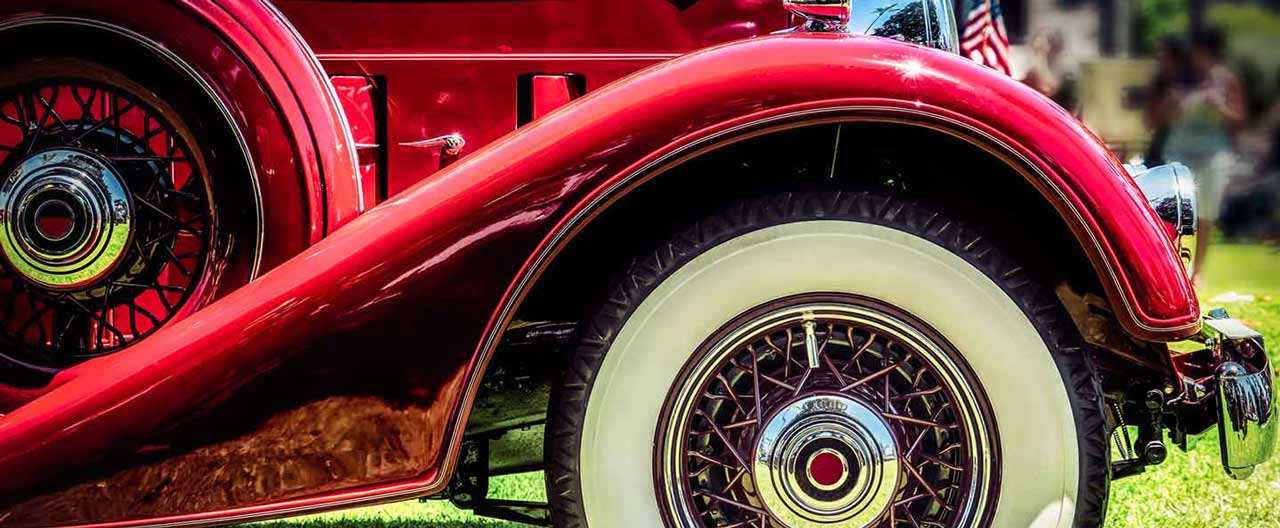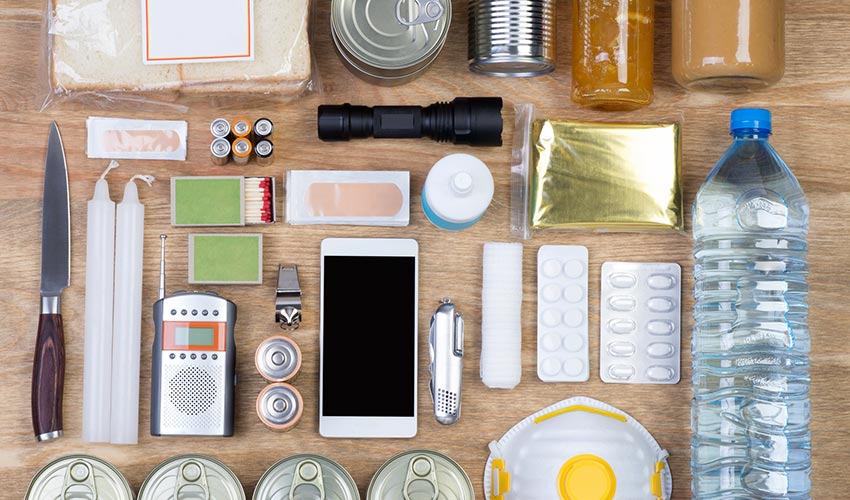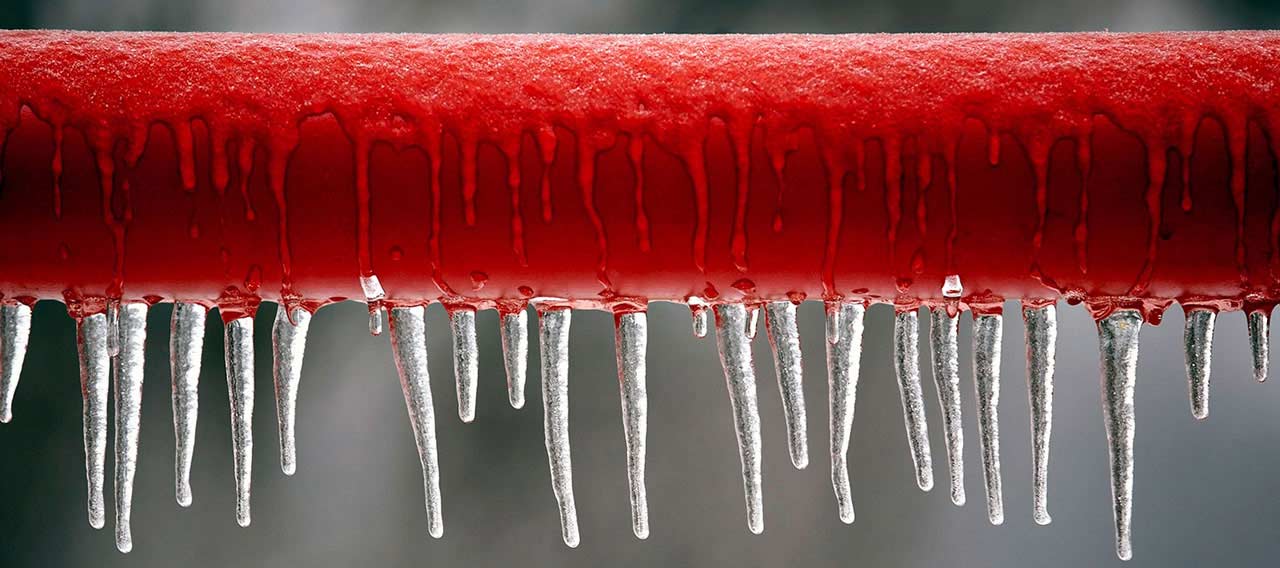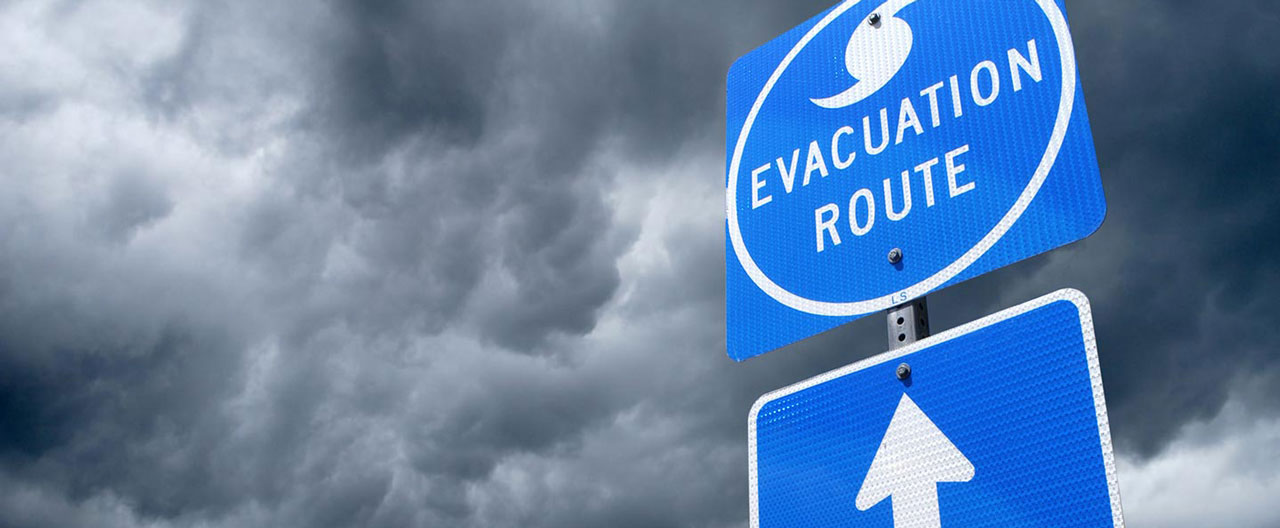- Individuals & Families
- Businesses
- Brokers

With winter on its way out, you may be ready for some spring cleaning.

Make sure you protect your classic cars from damage or additional wear and tear.

Keep your important papers and small valuables away from burglars, fire or natural disaster.

For over a hundred years, we’ve offered unparalleled stability and protection for small boats, yachts, luxury mega-yachts, and more.

Here are some things you can do to assist firefighters and minimize the damage to your home.

At their worst, disputes between professional service firms and their clients can lead to costly lawsuits.
When a natural disaster gets close to your home and authorities recommend you evacuate, it’s important that you leave immediately. Don’t wait to be “ordered” to leave. Departing right away—before a mandatory evacuation is declared—can help you avoid being caught in the fire, floods, or road congestion. It also means you’ll need to have a plan in place and your evacuation kit ready to go. Here are a few tips for packing an emergency supply kit:
1. Pack your items in crates or bags you can easily carry. You’ll store them in your car but may need to cart them to other locations.
2. Include food and water for everyone in your household. Three gallons of water per person and a three-day supply of non-perishable food is a good start.
3. Pack a change of clothes for up to a week and personal hygiene items.
4. Bundle up what you’ll need for the little ones. Infant supplies, such as formula or milk, bottles, baby food, diapers, and wipes, may be hard to come by, so pack what you’ll need.
5. Don’t forget your pets. Include food, water, medications, travel crates or cages, leash, and/or litter box and litter for your furry friends.

6. Remember medication. Pack a supply of prescription medications and eye care, if needed, such as contact solution and glasses.
7. Carry your ID, important papers, and cards. You’ll want to bring your driver’s license, passport, health insurance cards, legal documents (birth certificates, social security cards, will, vehicle registration and ownership papers, marriage/divorce papers, etc.), financial records, such as bank account information, credit and debit cards, government benefits, retirement and investment account statement, tax returns, as well as copies of your insurance policies.
8. Include a battery-powered radio, extra batteries, and a flashlight.
9. Bring your cell phone and charger, along with some cash in case power is out in the area and ATM’s are not available.

10. If you have time, pack valuables, family photos or other irreplaceable items, laptop computers, etc. If you don’t have room for computers, you can bring just the hard drive or a thumb-drive with your important data stored on it. It’s best to back-up all of your computers to a cloud or put the data on a disk or drive to be stored somewhere safe, ahead of time, so you don’t have to do it in a rush.
11. Don’t forget a first aid kit with supplies to treat injuries.
Already a Chubb client? Log in to review your coverage.
Insights and expertise




